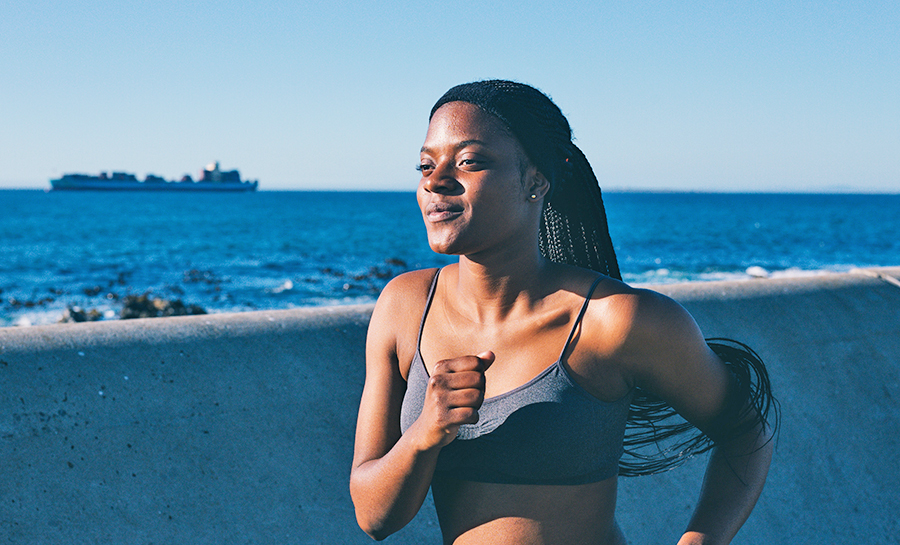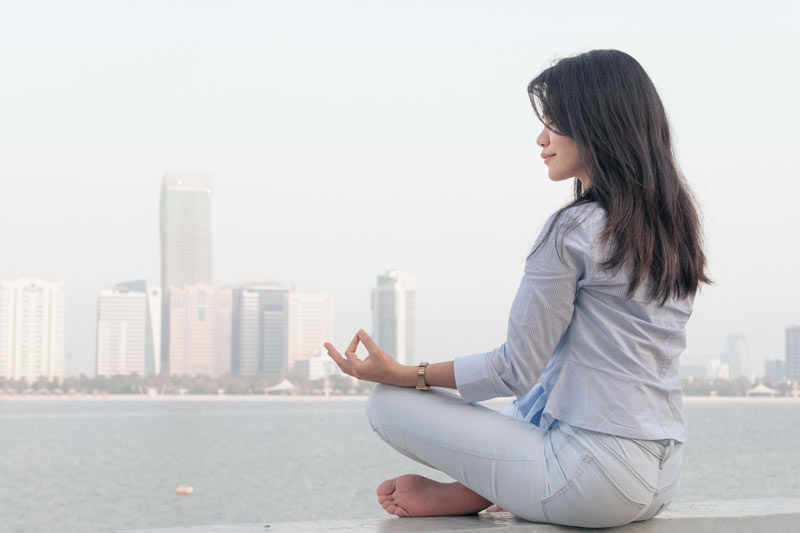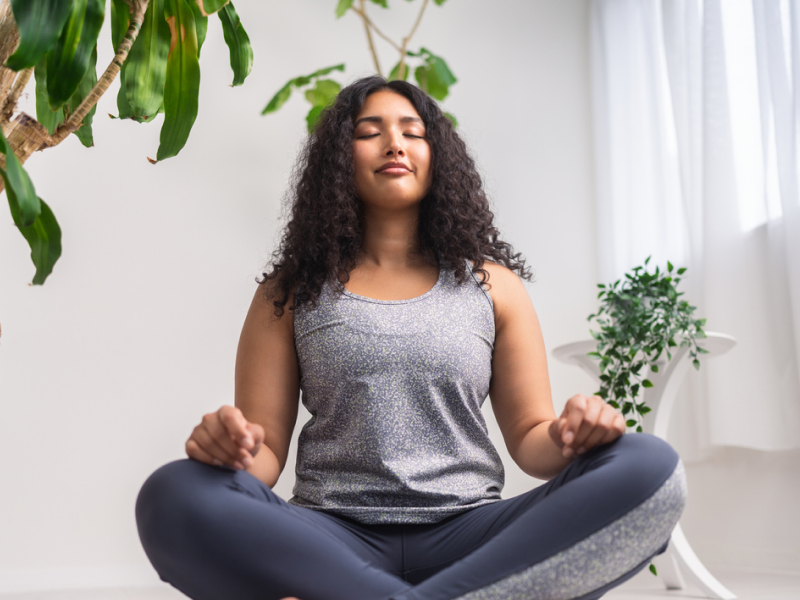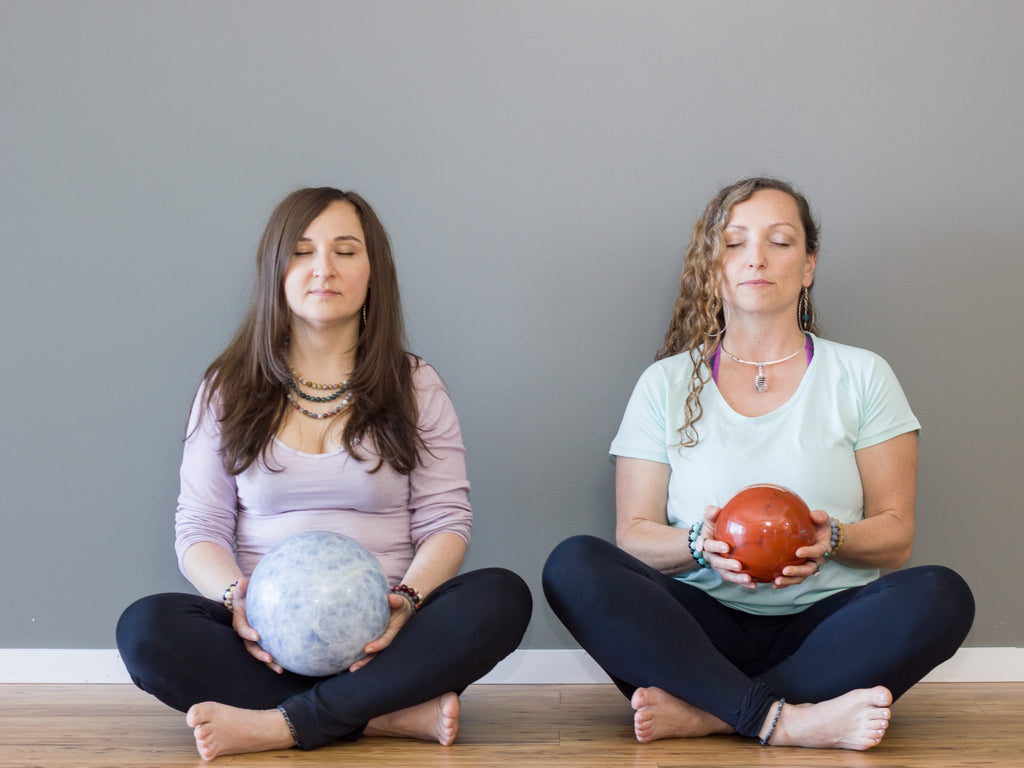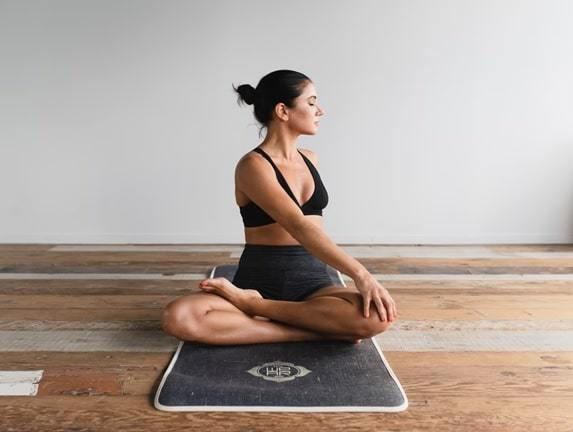Could it be said that you are rehearsing yoga accurately? Could it be said that you are committing errors that could cause you a physical issue? Is there a right and mistaken method for rehearsing yoga?
Whether you are taking only a couple of yoga classes each week or even each month, or perhaps you're a guaranteed yoga educator, it's essential to guarantee you are rehearsing yoga securely. Rather than saying one technique is right versus another strategy being mistaken, I like to give ideas that are put together both with respect to my own insight and what I feel is alright for a great many people's bodies.
Numerous yoga classes pack such countless understudies into the class that it's not generally simple for the educator to address each slip-up and help every individual. I love showing private or little classes where I have the amazing chance to give this individual and individual consideration and care.
Without this individual consideration, many individuals can become harmed through rehearsing yoga on the off chance that they are moving their body or holding a posture with unfortunate arrangement each time they take a class.
Assuming you attempt to stay away from these 7 yoga normal mix-ups individuals make, as depicted beneath, and observe my tips and rules , I accept you will have a higher possibility remaining safe, injury free and partaking in your yoga practice much more.
1: Hyper-extending Your Joints
By and by, I have very hyper adaptable elbows. They are fairly twofold jointed and twist back in a manner that is very terrible to check out and has become a seriously fascinating or fun party stunt, causing individuals to wince and cause a commotion.
However much it's perhaps a fascinating party stunt, I should be extremely cautious since this hyper-augmentation can be harming to my elbow joints assuming I put squeeze on the joints when they are here. For instance, while holding high board present, side board present, or descending confronting canine, as a matter of fact any yoga present where there is weight on my arms, hands and shoulders and my arms are straight, it means quite a bit to keep a slight non-abrasiveness in my arms to forestall them locking and spraining.
It is additionally normal for certain individuals to have hyper-expansion in the knees. So keeping a non-abrasiveness in the legs as opposed to locking them is essential to help the knee joints and forestall mileage of the knees.
As a general rule, ladies frequently have more prominent hyper-expansion in their joints than men, so this is something to keep an eye out for in the event that you are a lady. It's likewise really critical to know about this with your clients on the off chance that you are a yoga instructor.
2: Incorrect Alignment
One model is in Hero 1, Fighter 2 and High Thrust represents, the knee frequently moves inwards or broadens further forward than the lower leg. Both of these places of the knee can cause mileage of the knee joints, snugness in the ITB (Iliotibial Band), torment in the beyond the knee or under the kneecap, and other knee issues and hip issues over the long run. It's vital to keep the knee straight over the lower leg, in any event, drawing it somewhat towards the pinky toe side, to help the knee and assist with reinforcing the quads and hamstrings.
One more illustration of mistaken arrangement is permitting the drawn out arm in Triangle Posture, Side Point Posture, Half Moon Posture and others, to reach out a long ways behind the middle. This can make the hand and wrist be excessively far behind the shoulder, putting a ton of tension on the front deltoid, the front of the shoulder, and the shoulder joint. It's vital to ensure the wrist and hand are straight over the shoulder, so the bones are stacked and you are supporting the shoulder accurately.
There are various other mistaken arrangements, beyond any reasonable amount to show them all here. I will compose another article soon about unambiguous yoga present arrangements.
In the interim, fortunately one of my yoga educators as of late composed and distributed a book called The Ideal Chaturanga. Her goal recorded as a hard copy this book was to assist individuals with rehearsing yoga all the more securely, with right arrangement in each posture, and have the option to receive every one of the superb rewards of yoga while outstanding injury and torment free. One of the most difficult and erroneously performed yoga presents is Chaturanga Dandasana, thus the name of her book.
3: Not Engaging Your Core
In numerous yoga presents, individuals let their paunch unwind and sit idle. This can make curving in the low back, which can thusly cause a great deal of tension on the lower back and hips. Over the long haul there might be some pressure of the vertebrae, sciatica and lower back torment.
It's vital to connect with your center by drawing the paunch and profound lower center muscles back towards the spine. This assists with supporting the lower back, by extending the lower spine, making in the middle of between the vertebrae, settling the hips, making an unbiased pelvis and reinforcing the center.

The more we reinforce our center in yoga, the more normally our center will connect with during different exercises in our lives. Since our center is our energy community, our power place, we need to be carrying on with our lives from our center, this middle.
While learning and showing Chi Strolling and Chi Running, I found out about an idea in Jujitsu called "Needle in Cotton". This hypothesis portrays our center being areas of strength for us and construction when adjusted accurately, and our arms and legs being like cotton, free and loose. This rule of Arrangement of our Needle, our center, and Unwinding of the Cotton, our furthest points, can be applied to all that we do throughout everyday life, including other proactive tasks and development, and, surprisingly, driving or sitting at our PC.
4: Not Breathing Profoundly
My breathing used to be exceptionally shallow, breathing into my chest, rather than into my gut. I accept this is one reason for the tension I endured as a youngster. Or on the other hand maybe the nervousness thus caused the shallow relaxing. One way or another, they cooperate and take care of off one another, shallow breathing, uneasiness and stress.
At the point when we are not breathing profoundly, our body is much of the time tense and caution, some of the time in a condition of survival. At the point when we inhale all the more leisurely and all the more profoundly, right down into the paunch, our body and our sensory system become significantly more loose. This unwinding permits us to move all the more profoundly into every yoga present, no sweat and less exertion.
As you inhale profoundly during yoga, utilize the breathe in to take in certain energy and grow the chest area gradually, and utilize the breathe out to develop into the posture, mellowing into any area of uneasiness or pressure, and breathing more serenity all through the body and all through the brain.
5: Utilizing Power to Move Into a Posture
The expression 'no aggravation, no addition' is a dated legend as I would see it. It absolutely doesn't have any significant bearing to your yoga practice! In yoga, I suggest moving into each posture gradually, easily and carefully, with no power and no extraordinary exertion. Utilize the breath to direct you, and when your body is prepared to move further into a posture, utilize the breathe out as you gradually relax the muscles and extend.
This strategy can be utilized in different parts of your life also. We spend such a great deal our lives making a solid attempt to get things done and utilizing a ton of exertion. At the point when we delayed down, utilize our breath, and quit making a solid attempt, everything turns out to be substantially more easy and pleasant and we start to track down our normal stream.
6: Contrasting Yourself With Others
Yoga is an internal practice. Tolerating where you are on your excursion of yoga and not contrasting yourself with others may be one of the most moving viewpoints to your training. At the point when we contrast ourselves with others, in yoga or in anything in our lives, we can end up thinking we are not adequate, not adaptable enough, not meager enough, not savvy enough and so forth.
Many individuals glance around in class and watch others or check out at themselves in the mirror and judge themselves somehow or another. This judgment can be very inconvenient. As a yoga educator, I in some cases advise my understudies to shut their eyes and bring their brain center inside and inhale and feel how they feel. This can frequently be the most groundbreaking time during a yoga class, when we really bring the training inwards.

I train a week by week class to dazzle individuals from the Beacon For The Visually impaired. This has been one of the most moving yet testing classes for me as an educator. I have advanced such a great amount from these understudies and feel so honored to have the option to educate and motivate the visually impaired and outwardly debilitated to move into this inward space of profound harmony and prosperity. So moving.
It can now and then assist with persuading us to develop and improve when we have somebody to gaze upward to and motivate us. All things considered, it's essential to see the distinction between feeling propelled and spurred while contrasting ourselves with a further developed expert or educator, rather than feeling crushed and futile.
7: Not Remaining for Savasana
It is many times said that Savasana is the main posture in yoga. However much I love traveling through the actual stances and stream, I earnestly concur with this assertion, and urge you to mull over this too.
The explanation that the actual stances were initially made was so the yogis in India could sit in a situated, leg over leg reflection pose for extensive stretches of time without encountering torment or irritation in their body. So how about we use Savasana as a chance to remain still, calm our psyche and ponder.
The objective of yoga is to look for a profound inward harmony and joy through contemplation and at last move into a space of otherworldly illumination. The actual practice can absolutely assist us with loosening up our bodies and quiet our psyches. Be that as it may, it is frequently during Savasana where we end up moving into this more profound condition of all out unwinding, association, harmony and maybe a brief look at the limitless capability of edification.
Frequently Asked Questions!
Why do I feel worse after yoga?
That is on the grounds that you're extending your muscles in new ways and connecting with muscles you don't frequently use in regular day to day existence. Indeed, even the most dynamic individual can encounter muscle distress during a yoga class, trailed by touchiness a while later.
Why should we not do yoga at night?
There aren't numerous disadvantages to doing yoga before bed as long as you do the stances securely. Assuming you feel that even delicate postures will invigorate your brain or body to the point of keeping you alert, then, at that point, staying away from them is ideal. All things considered, center around contemplation, breathing procedures, or kendo.
Is it OK for Christians to do yoga?
As a stage utilized stringently for physical, mental, and close to home wellbeing, with every profound reference and suggestions took from them, yoga can help Christians similarly that it helps all specialists paying little mind to strict convictions.
Can yoga have negative effects?
Ends. One out of five grown-up yoga clients detailed no less than one intense unfriendly impact in their yoga practice, and one of every ten announced something like one constant antagonistic impact, chiefly outer muscle impacts. Unfriendly impacts were related with hand-, shoulder-and head stands; and with yoga self-study without management.



